Ways Tree Roots Can Cause Foundation Problems
The interaction between tree roots and building foundations poses a unique set of challenges for homeowners that may lead to foundation repair. Trees, while providing aesthetic beauty and environmental benefits, can silently wreak havoc underground. The roots of trees extend far beyond what may be visible, in search of essential nutrients and water. This can lead them towards the moist area surrounding foundations, potentially causing serious damage. Understanding these interactions is crucial for maintaining the structural integrity of any constructed building.
Foundations are the bedrock of construction, providing stability and support to entire structures. According to HomeAdvisor, a properly constructed concrete foundation can last 80 to 100 years or longer. When compromised, the implications can be severe, ranging from minor cracks to significant structural failures. Tree roots, though often overlooked, are a common cause of such problems due to their capability to intrude and disrupt foundations. By delving into specific issues such as root intrusion, hydraulic effects, and root-induced cracking, this article addresses an array of common concerns. Proactively managing tree growth and understanding root behavior can result in significant cost savings over time for any foundation repair.
Intrusion of Tree Roots into the Foundation
Understanding Root Systems
The root systems of trees are integral to their survival, designed primarily to seek out water and nutrients from the soil. This unending search often leads them toward foundations, which accumulate moisture due to various factors such as leaks or condensation. As roots move toward these moist areas, they can grow around and even into the materials comprising the foundation. This interaction is not immediately apparent, as the majority of root activities occur below the surface. Homeowners must understand that the very nature of tree roots means they are predisposed to target foundations, making monitoring essential before foundation repair is required.
Mechanics of Root Growth
The physical process of root growth is driven by the need for trees to sustain themselves, triggering an expansion that can inadvertently penetrate foundation materials. Though roots do not inherently break through concrete or robust materials immediately, they can exploit existing cracks or weaknesses. As roots continue to grow and dichotomize, they expand with enough force to widen these breaches, deepening the structural impact. Over time, the presence of roots can exacerbate existing vulnerabilities, leading to more pronounced structural problems. Awareness of these underlying mechanics is critical both for prevention and for addressing existing issues effectively.
Initial Signs of Damage
When roots compromise the integrity of a foundation, the initial symptoms might not always be obvious. Homeowners could start noticing signs like sticky doors, ill-fitting windows, or minor cracks appearing in walls. Such indicators, while seemingly minor, can suggest a deeper root-related issue evolving beneath the surface. Overlooked, these minor issues can escalate into significant structural failures. Understanding and identifying these initial signs of damage is crucial for timely intervention and foundation repair, preventing larger, costlier problems from arising.
Foundation Types and Vulnerability
Foundations come in various types, each with differing levels of vulnerability to root intrusion. Slab foundations, which are common in modern homes, are often prone to cracking due to root pressure. Basement and crawl space foundations, while providing more insulation against root intrusion, possess their vulnerabilities, particularly if moisture accumulates, making them more attractive to root systems. Recognition of the foundation type and its inherent vulnerabilities is integral in organizing a site-specific prevention strategy. Homeowners need to tailor their protective measures to correspond with the particular style and layout of their foundation.
Preventative Landscaping Strategies
Landscaping plays a pivotal role in minimizing the risk of root intrusion near foundations. Strategic positioning of trees can eliminate potential damage leading to foundation repair before it occurs by keeping root systems from ever encroaching upon vulnerable areas. Experts recommend a designated distance — often calculated based on canopy size — be maintained between trees and foundations to deter harmful root interactions. Landscaping strategies should incorporate the estimated mature size of both the canopy and root system, aligning tree planting with future growth projections. Creating a buffer zone not only prevents direct root contact with the foundation but also helps distribute tree moisture sub-systems more evenly.
Hydraulic Effects of Tree Roots on Soil
Understanding Soil Moisture Imbalance
Tree roots significantly affect soil moisture around foundations by altering its balance, often leading to foundation instability. Roots absorb excessive moisture from the soil, which can result in a depletion that impacts soil strength and structure. This change is especially precarious if the soil surrounding the foundation shifts, potentially leading to structural maladjustments. When roots extract water on one side of the foundation, the uneven moisture distribution may exacerbate and prompt differential settlement. Thus, understanding the moisture dynamics around foundations is crucial to identifying potential root-induced problems early before foundation repair is required.
Impact on Clay Soils
Clay soils are particularly susceptible to root-induced moisture changes, resulting in extreme responses affecting foundation integrity. Characterized by high plasticity, clay soils expand when soaked with moisture and shrink significantly when dry. Tree roots, in their quest for sustenance, withdraw water from these soils, leading them to contract and potentially creating voids beneath or around foundations. When heavy rains or watering routines introduce moisture, these voids allow clay soils to swell, which can trigger heaving or shifting in the foundation. Such dynamic behavior of clay soils necessitates vigilance and proactive strategies in managing root interactions.
Symptoms of Soil Shifting
Soil shifting due to moisture variations and root activities can yield several observable symptoms. Homeowners might encounter issues such as cracks forming in interior walls and ceilings, reflective of underground shifts or instability. Similarly, floors may become increasingly uneven, causing furniture to tilt and doors to misalign. Supporting structures like chimneys and porches can also deviate from the main building, signaling underlying foundation movement. Recognizing these symptoms early is key to resolving potential foundational issues before they expand into more severe structural problems.
Case Studies of Hydraulic Effects
Narratives from real-world contexts often illuminate the hydraulic effects of tree roots upon foundations. A noted case involved a residential building where significant structural heaving was observed after tree roots extensively drained soil moisture around the foundation. Following comprehensive assessments, it was determined that the extensive root network from nearby trees was instrumental in changing soil density substantially. Corrective measures employed included the implementation of a regulated water management system, which restored water balance and reduced stress upon the foundation. The case highlights the pronounced influence of tree roots on soil dynamics and the necessity for intervention.
Solutions for Managing Soil Moisture
Effective moisture management is central to counteracting the challenges posed by tree root activity. One reliable method involves installing a comprehensive irrigation system designed to maintain balanced soil moisture levels consistently. By controlling the amount of water distributed around the building perimeter, the soil can sustain equilibrium, offering stability against root-derived variabilities. Such systems allow for adjustments as needed, accommodating seasonal changes and ensuring optimal hydration throughout the year.
Tree roots may seem harmless on the surface, but they can create serious structural issues beneath your home. From soil displacement to excessive moisture absorption, roots can slowly compromise the integrity of your foundation. Investing in professional evaluation and foundation repair early on can protect your property and save you from more extensive repairs in the future. Contact Foundations First Northwest today for more information.

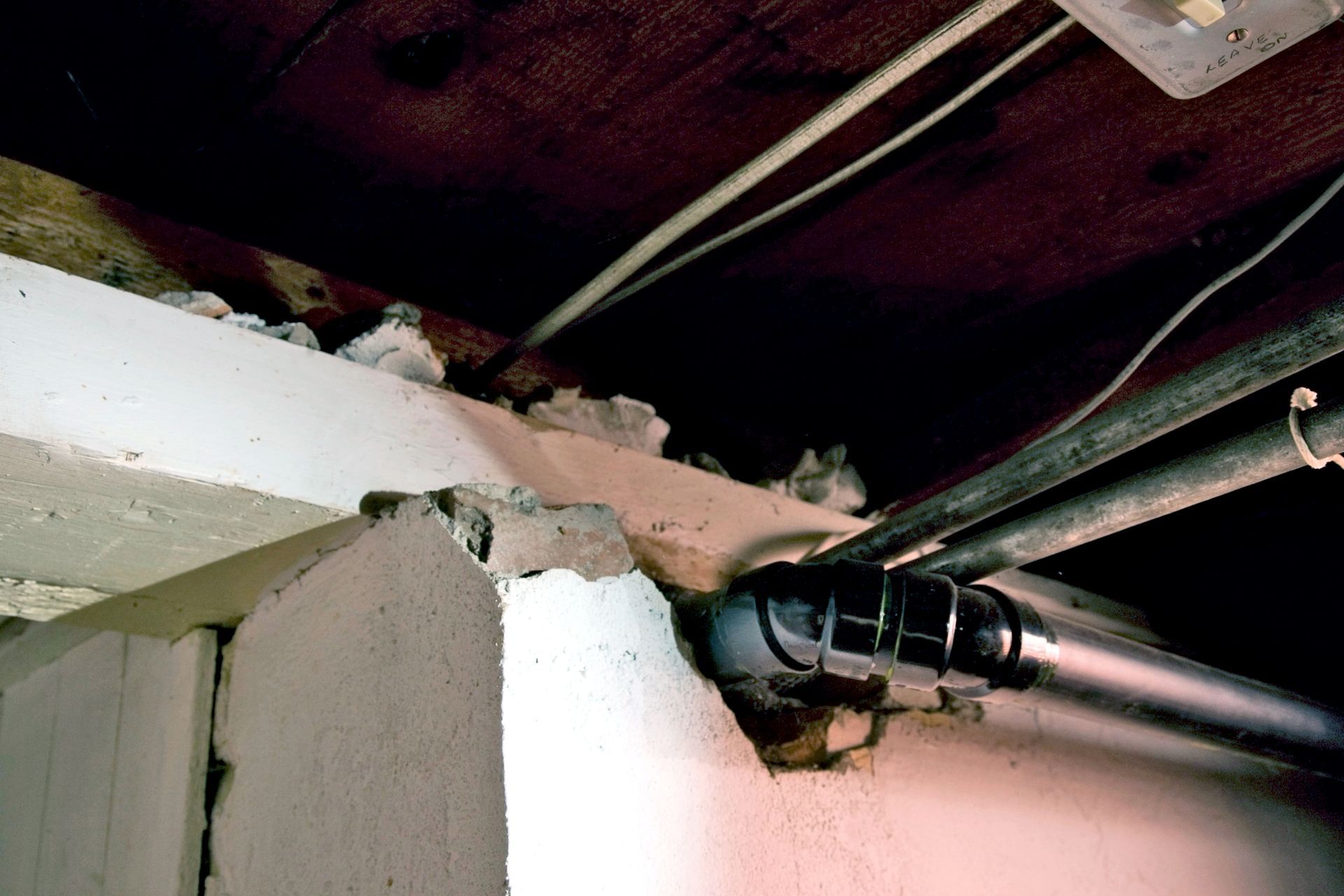
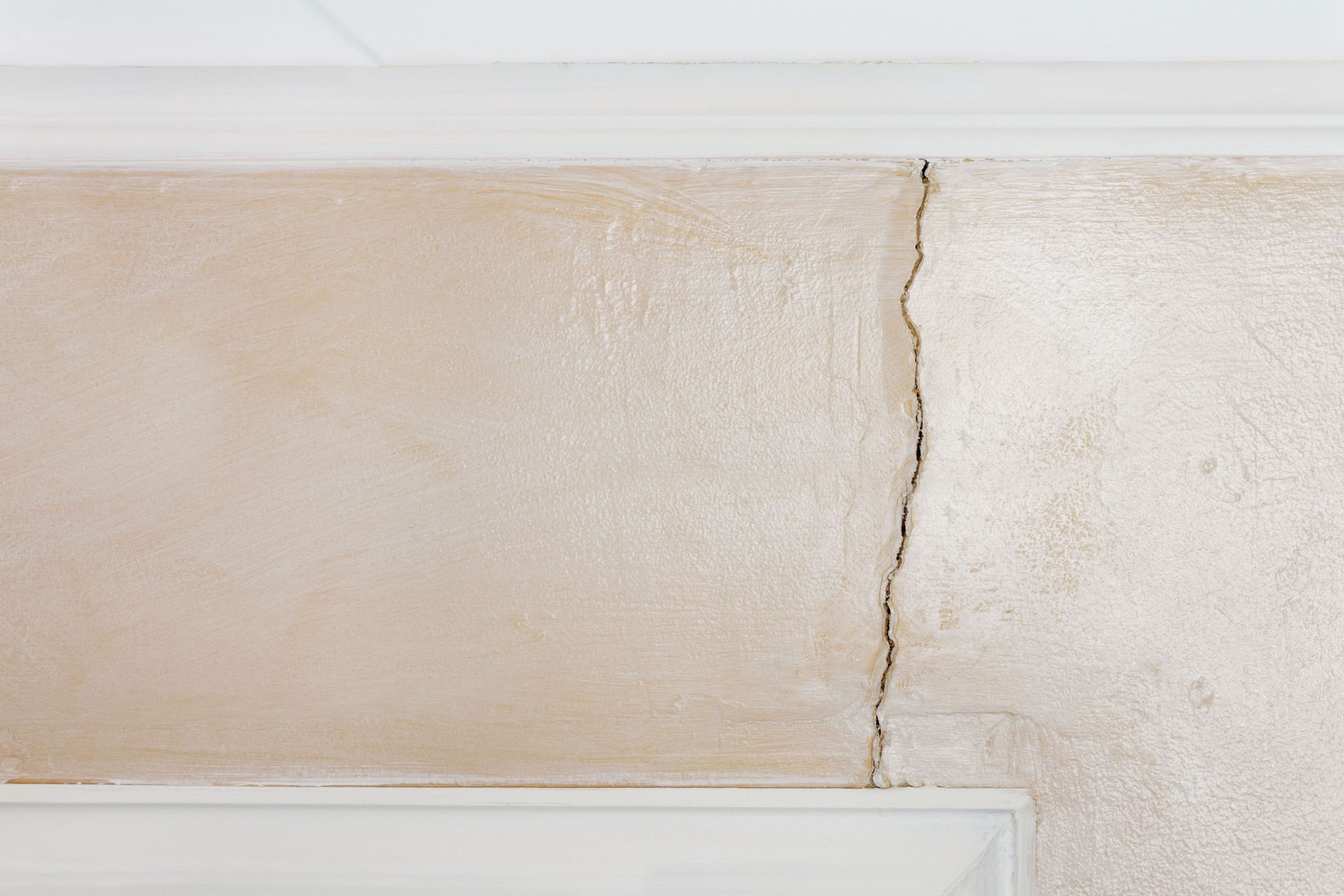
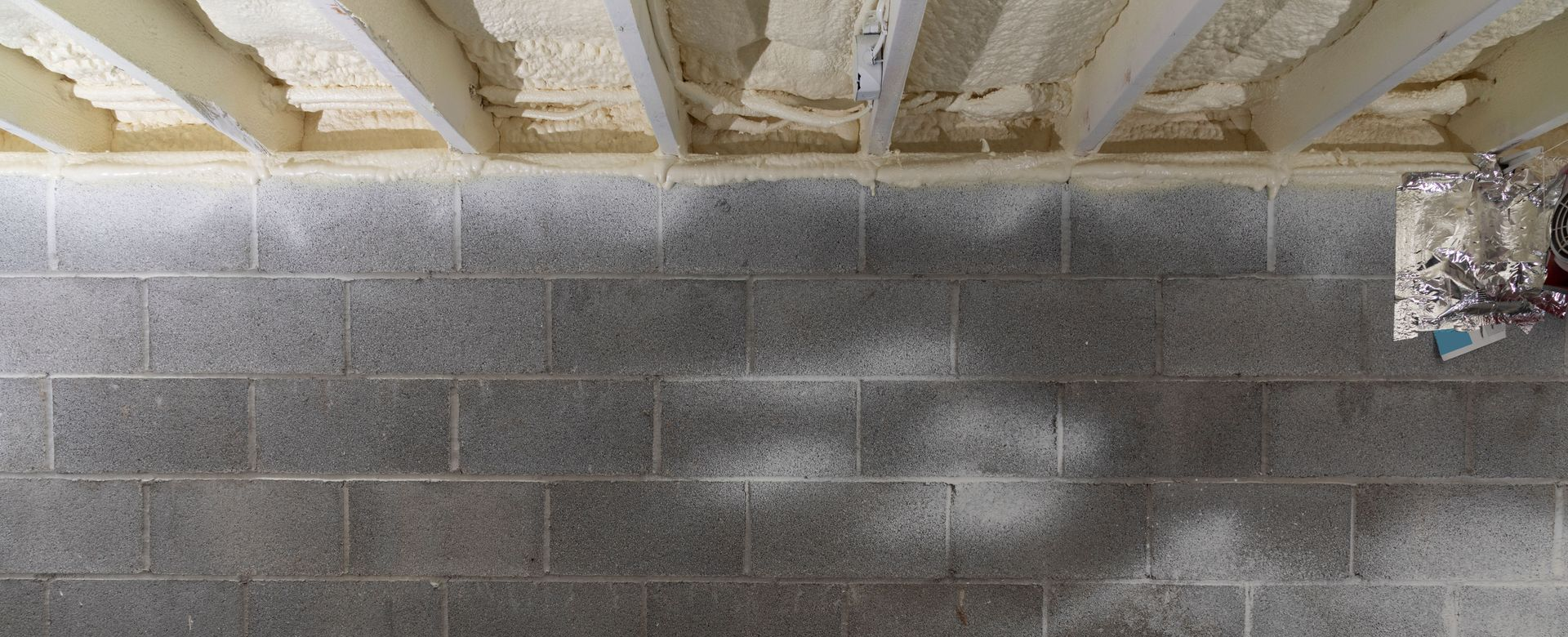
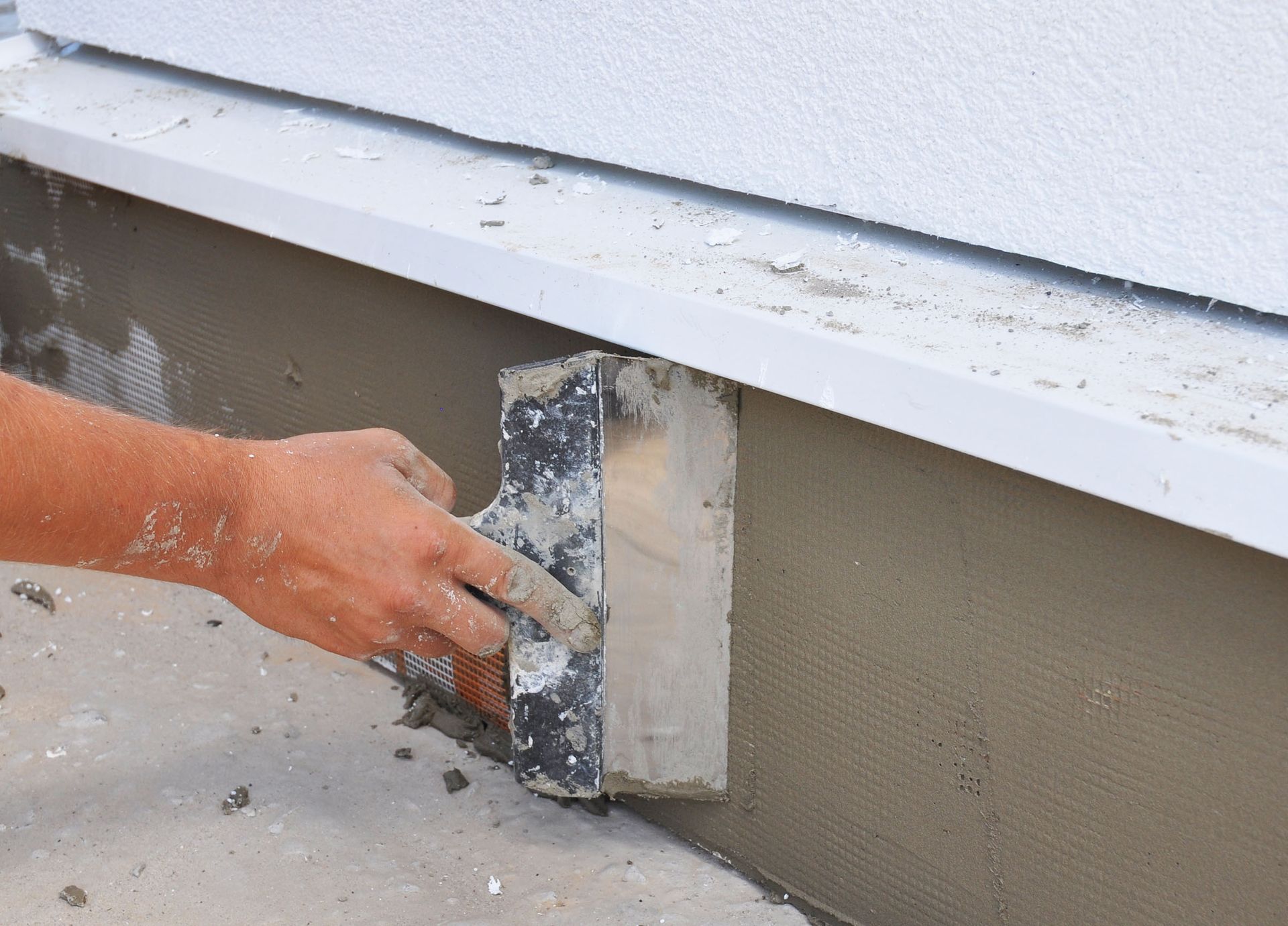
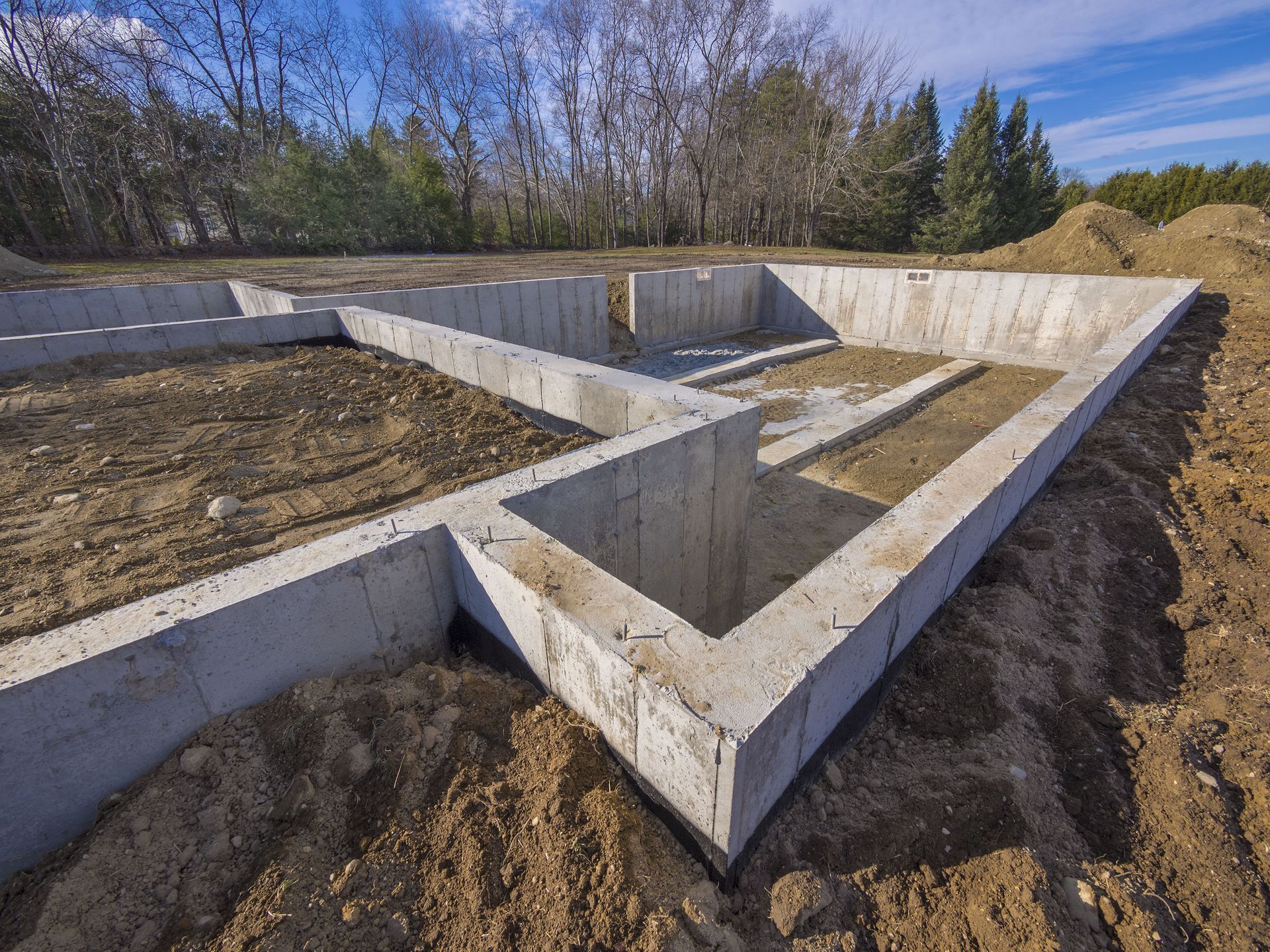
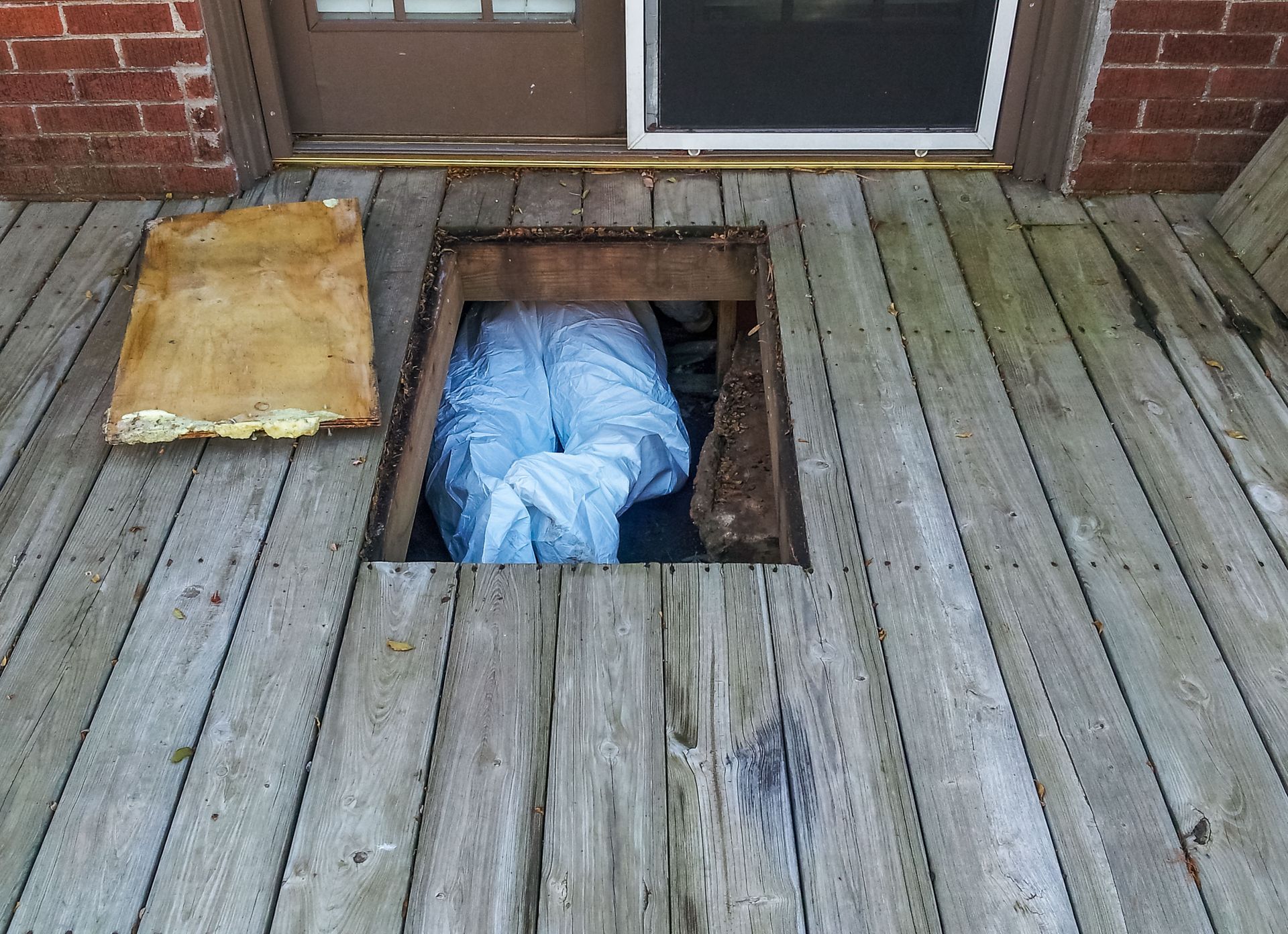
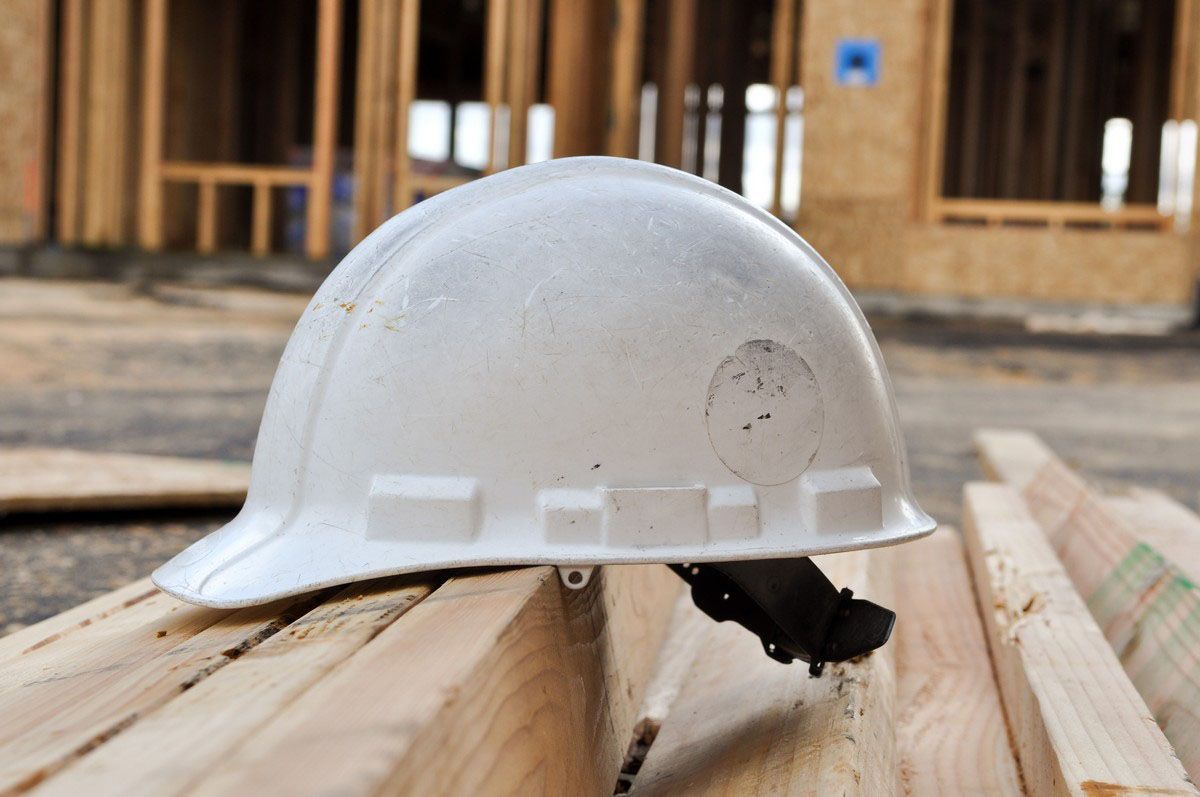

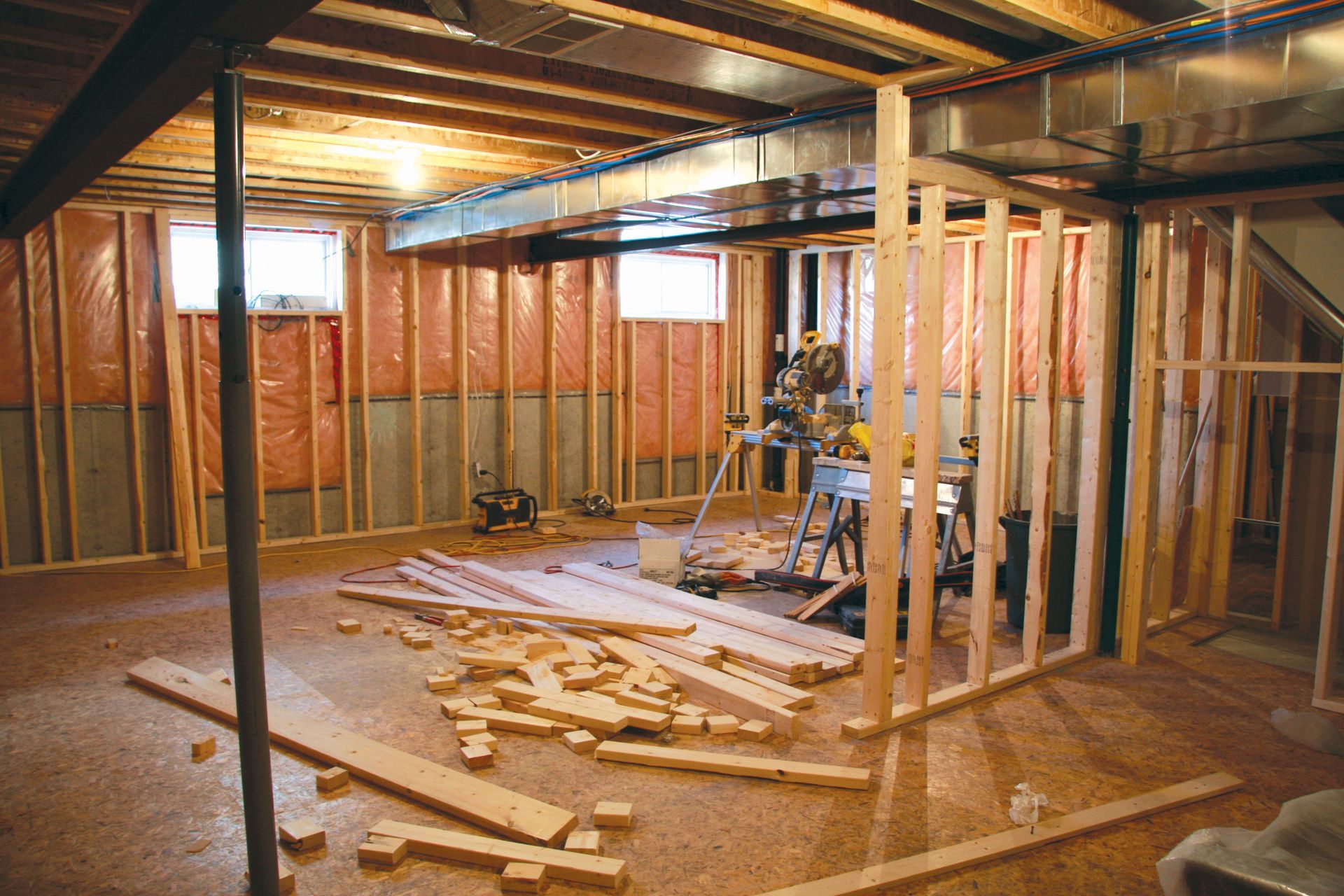


Share On: